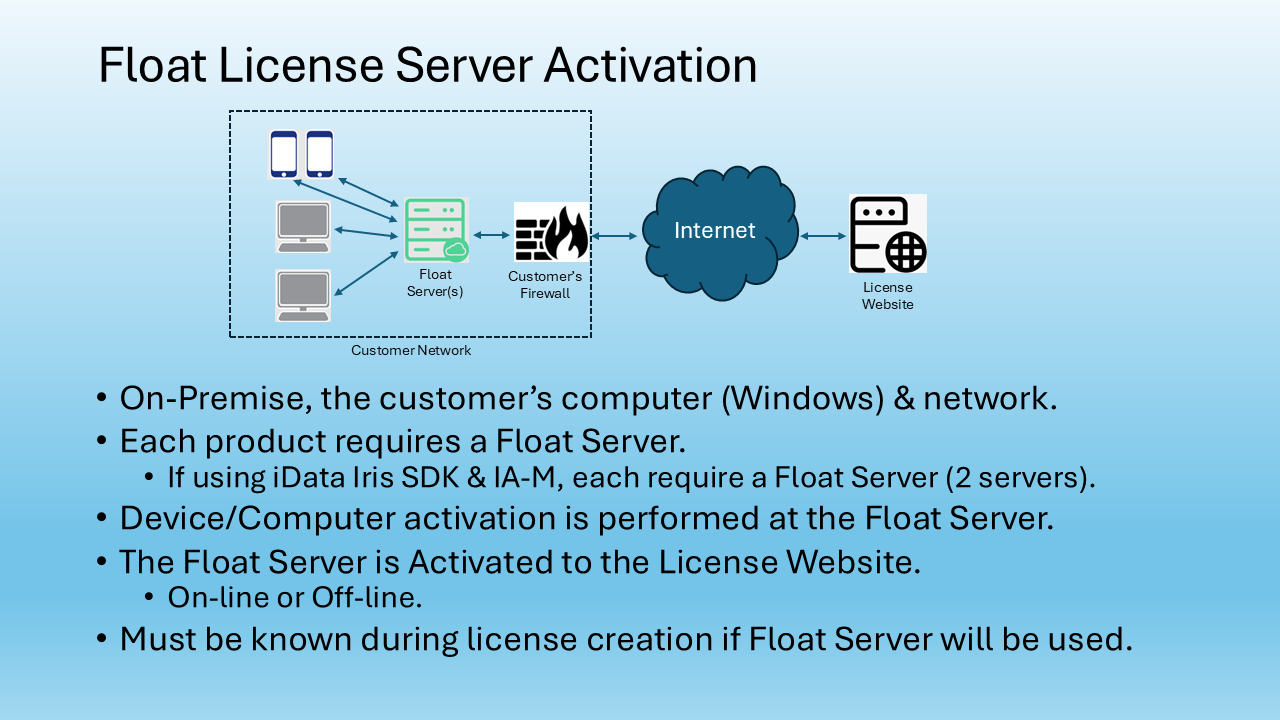Planet Biometrics took time out to speak to Mohammed Murad, Iris ID’s vice president of global business development and sales, about the increasing prevalence of the modality and its important new application areas.
Can you tell us about Iris ID’s history as a company, its ethos and global outlook?
Iris ID developed the first commercial iris recognition systems back in 1997, but our history stretches back into the early 1990s. Since our founding the company has made continual progress in developing devices and solutions that can meet the needs of our customers.
Crucially, we have been always focused on iris recognition. We never wavered off to other modalities, though we have been very open partners with other modalities.
We work very closely with other vendors who provide complementary solutions and technologies, to give our customers a comprehensive solution that incorporates all three major modalities in one application.
Through our history of over 20 years of innovation in iris recognition, we have developed a global footprint. We have a sales presence in North America, Latin America, Southeast Asia and in Asia, as well as in the Indian Subcontinent, Middle East, Africa and Europe. We also have development and innovation centers located in North America, Korea and India.
As we know biometrics is a fast-moving industry, how would you describe your approach to innovation and staying on the leading edge?
Iris ID believes the best forms of innovations comes through a sustained focus. We focus entirely on growing our business and innovation through new iris recognition solutions. It is vital that we maintain and prioritize our engineering team.
The company has very long tenures with the key members of our engineering team. We listen to our customers and make every effort to ensure that when they ask for something, we pay attention and deliver a solution for their needs – often within an entirely new product cycle. It is important to push the envelope to make sure that our customers remain satisfied.
Can you give us an example of a scenario where iris recognition can’t be rivalled?
Well, we can say that iris recognition is the only modality that can comfortably authenticate identification in very, very large populations where other modalities may have challenges.
Iris recognition also has unique advantages in walk-up scenarios, in capturing images at a certain distance. And this also extends into mobile solutions, where other modalities are limited.
In addition, the iris recognition products in our portfolio, can definitely fulfil many other application requirements.
How do you feel towards privacy by design and that decentralized identity trends? Have you taken a company approach to privacy?
This is an important message that the industry sometimes misses; biometrics should be seen by the public as a vital tool to protect, not threaten, users’ privacy. Of course, anybody using biometric solutions for illicit purposes should be stopped and this should be managed or regulated by government. But we consider the inclusion of biometrics into applications as adding a protective layer of privacy- rather than the other way around. Privacy has a very, very important place within our solutions and application development.
The company does not retain any user data. We also implement many encryption and other security protocols within our system so we can find replay attacks or other attempts at security breaches. Also, we have incorporated a series of countermeasures. So basically, if somebody is holding a picture or wearing a prosthetic eye or they’re wearing pattern contact lenses, we will be able to determine that it is a replay attack, or somebody is trying to game the system.
Which sector of the ID and biometrics market do you see having dramatic growth in the near term?
First, the entire biometrics industry is definitely going to see growth as requirements for accurate authentication increase for many reasons. Specifically, for iris recognition, particularly there will be growth in healthcare. That includes all of its segments, from service providers to hospitals to manufacturing, pharmaceuticals, laboratory security, even to blood banks and other assets. This is particularly the case as infectious diseases or contamination issues arise, due to the fact that iris recognition offers an accurate non-contact biometric. For example, in healthcare, many workers need to use masks, goggles and gloves. Iris recognition is the only technology that will be able to work through all those protective layers. We believe that we’re going to see good growth this year, next year and into the foreseeable future in the healthcare market. Also, in the normal manufacturing market, people have challenges with contact biometrics and even facial recognition. Examples would be cement manufacturing or food production where employees are required to wear masks, hairnets and gloves.
Picking up what you said there about the importance of non-contact solutions in health care, how can biometrics help prevent the spread of Covid-19?
Covid-19 is on everybody’s mind. It’s here and it’s scary that so many people have contracted it. However, as we move forward as a global community, we need to think about how to protect our employees and our citizens.We believe contact technologies can be a major source of that contamination. The security and biometric recognition industries really need to take a very, very strong look to see how they may develop more non-contact application solutions. We must continue providing strong identity authentication while making sure we aren’t adding to the spread of disease. We have recently written a blog and other articles on this; we encourage your readers to go to our website and take a look.


